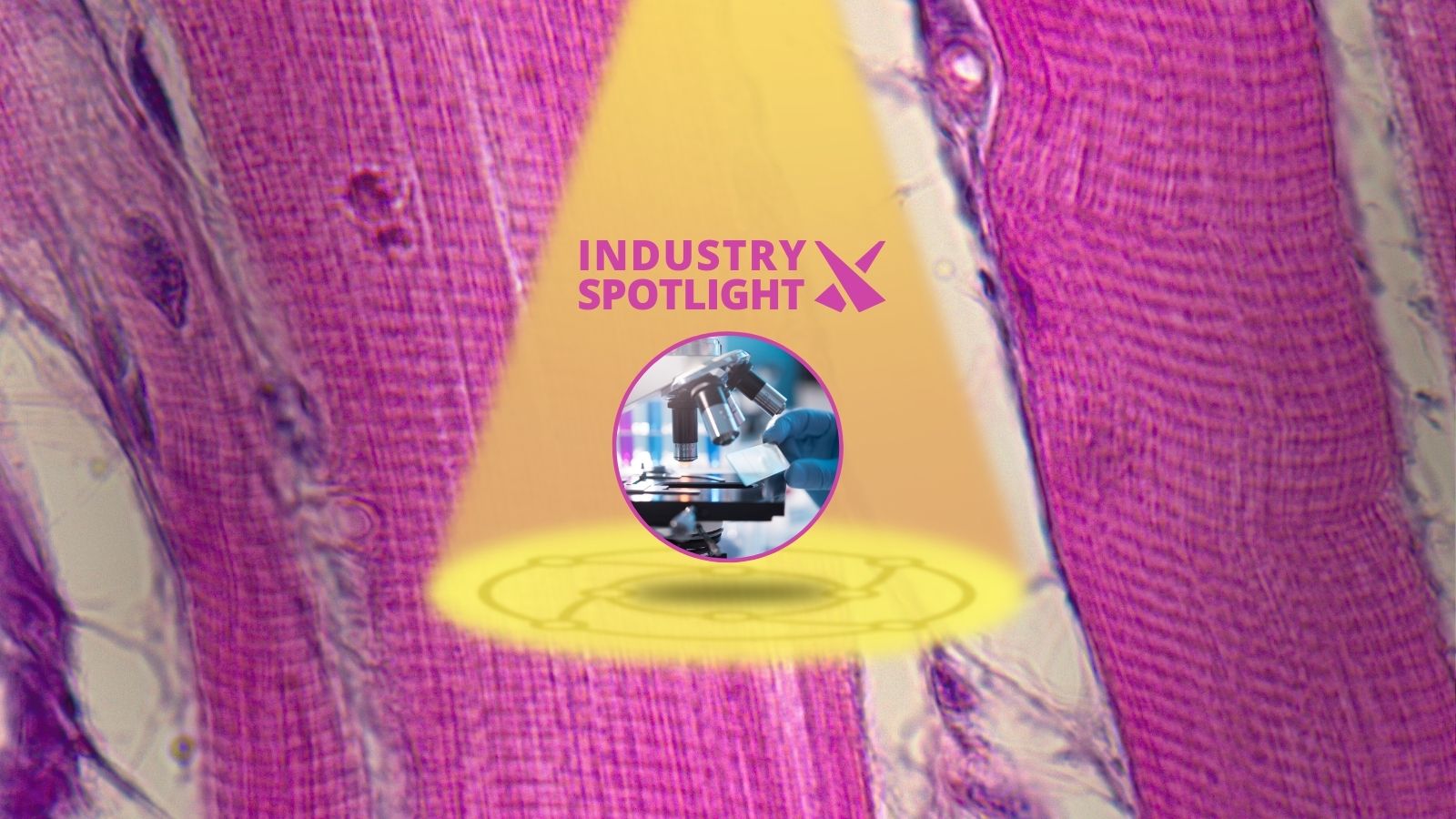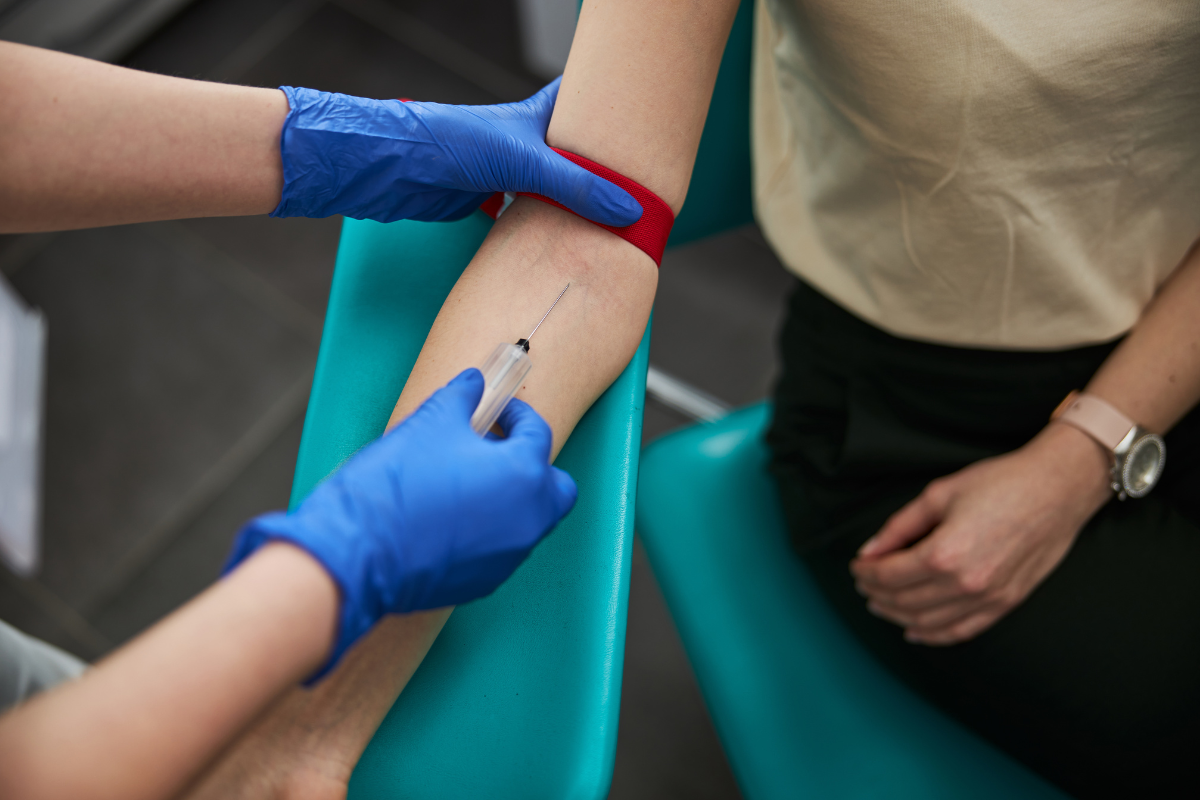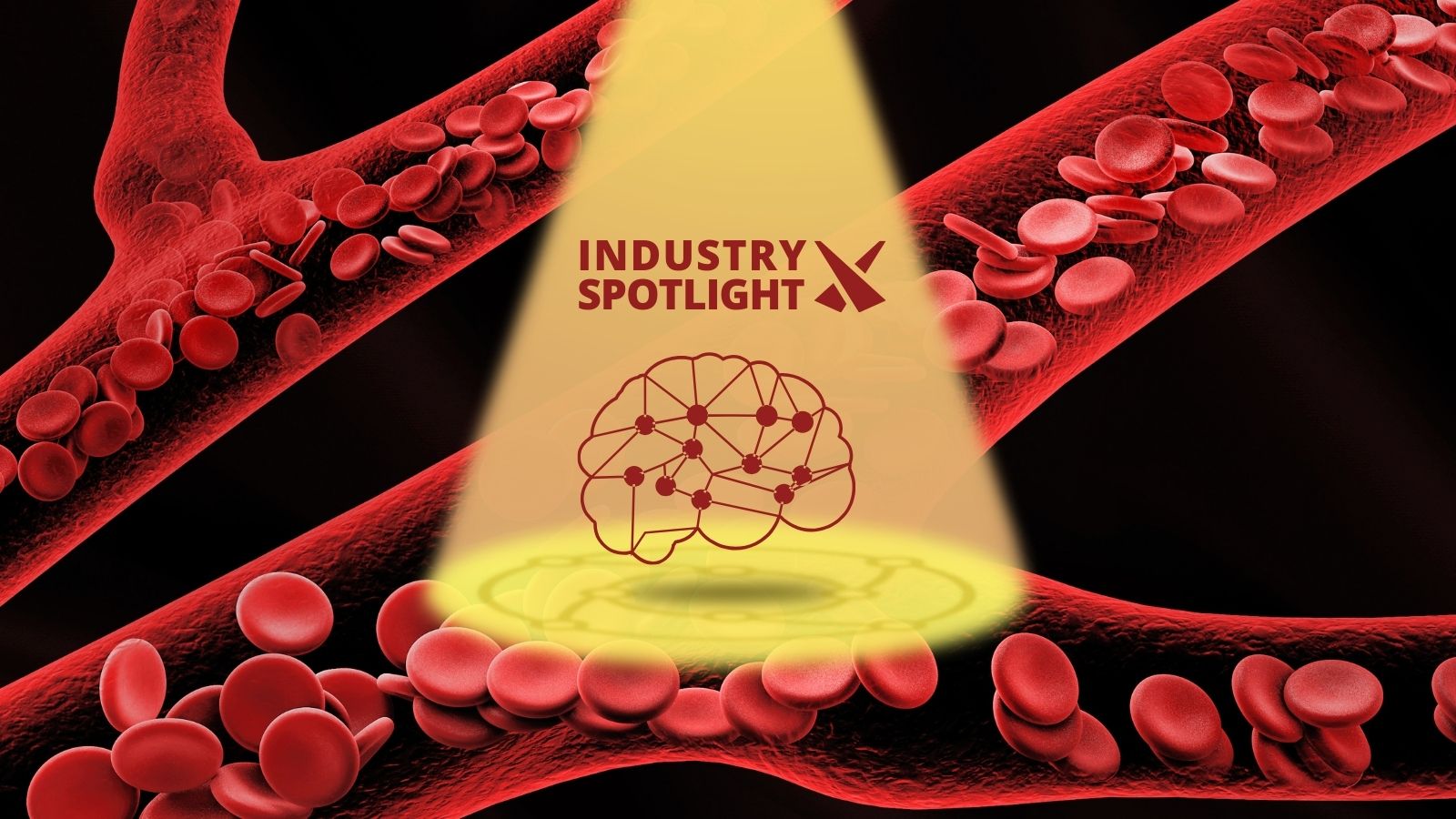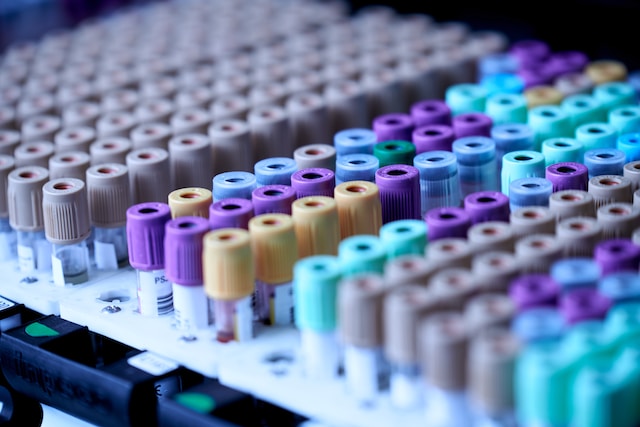Applications of Spatial Transcriptome Technologies for Monitoring the Molecular Mechanisms of Diseases

Spatial transcriptomics technologies can be harnessed to extract spatial information which can inform researchers of a patient’s condition, monitor biomarkers and health indicators.
In a nutshell, spatial transcriptomics refers to an omics technique for extracting transcriptome information from cells or tissues that retain spatial information.
The applications of spatial multi-omics make it possible to chart cellular heterogeneity, complex tissue structures, and any dynamic changes that occur during disease development.
This represents a powerful tool to reveal the molecular mechanisms of disease, providing insight into the exploration of gene expression variants at the single-cell or subcellular level.
Spatial transcriptomics can be applied to a plethora of different approaches for developing and interrogating disease biomarkers, including for the monitoring of neurodegenerative diseases, brain cancers, and diseases that affect the central nervous system (CNS).
Applications of Spatial Transcriptomics for Biomarker Development
One leading application of spatial transcriptomics in the context of biomarker development at present is in the interpretation of nervous system diseases.
The approach not only provides information on gene expression, but also spatially locates the pathological mechanisms of disease based on spatial location information.
As one example, a study by the Netherlands’ University of Groningen found through spatial transcriptomics that the centre of mixed active and active injuries in multiple sclerosis (MS) brain tissues exhibit the greatest reduction in autophagy-related (AGT) gene expression.
Spatial transcriptomics approaches are also highly useful for the spatial profiling of tissue biomarkers for brain cancer.
A primary reason for this hinges on the resistance of brain tumours to treatment, displaying both an immunosuppressive and heterogenous tumour microenvironment.
Spatial transcriptomics can be used to discover protein expression and localisation patterns at the single-cell level.
Integrating scRNA-seq in Spatial Transcriptomics
Another approach involves using single-cell RNA sequencing (scRNA-seq) to identify cell populations within tissue.
However, scRNA-seq cannot capture the spatial distribution of cell subpopulations or reveal local networks of intercellular communication acting in situ.
A suite of more recent techniques that localise RNA within tissue – including multiplexed in situ hybridisation and in situ sequencing and spatial barcoding – can help address the issue.
Target mRNA can be detected using in situ hybridisation techniques, although smFISH is limited by the amount of fluorophores present in a sample.
More broadly, no method currently provides as complete a scope of the transcriptome as scRNA-seq, underscoring the need for approaches that integrate single-cell and spatial data.
Trends and Limitations in the Field
In spite of the rapid expansion of spatial transcriptomic innovations in the past decade, there is currently no single technique suitable for every application.
Additionally, there are some limitations which may need addressing before these approaches can be introduced more broadly.
High-resolution profiles can be obtained using microdissection-based techniques, but these include laborious processes and can be difficult to use.
To fully comprehend the disease microenvironment being investigated, the spatial transcriptome can be combined with other spatial technologies – such as spatial proteomics – to discover protein expression and localisation patterns at the single-cell level.
This synthesis of approaches will help to provide reliable information for investigating disease causation, finding therapeutic targets, and discovering new biomarkers.
Get your weekly dose of industry news and announcements here, or head over to our Biomarkers portal to catch up with the latest advances in diagnostics. To learn more about our upcoming Precision Oncology Europe conference, visit our event website to download an agenda and register your interest.







